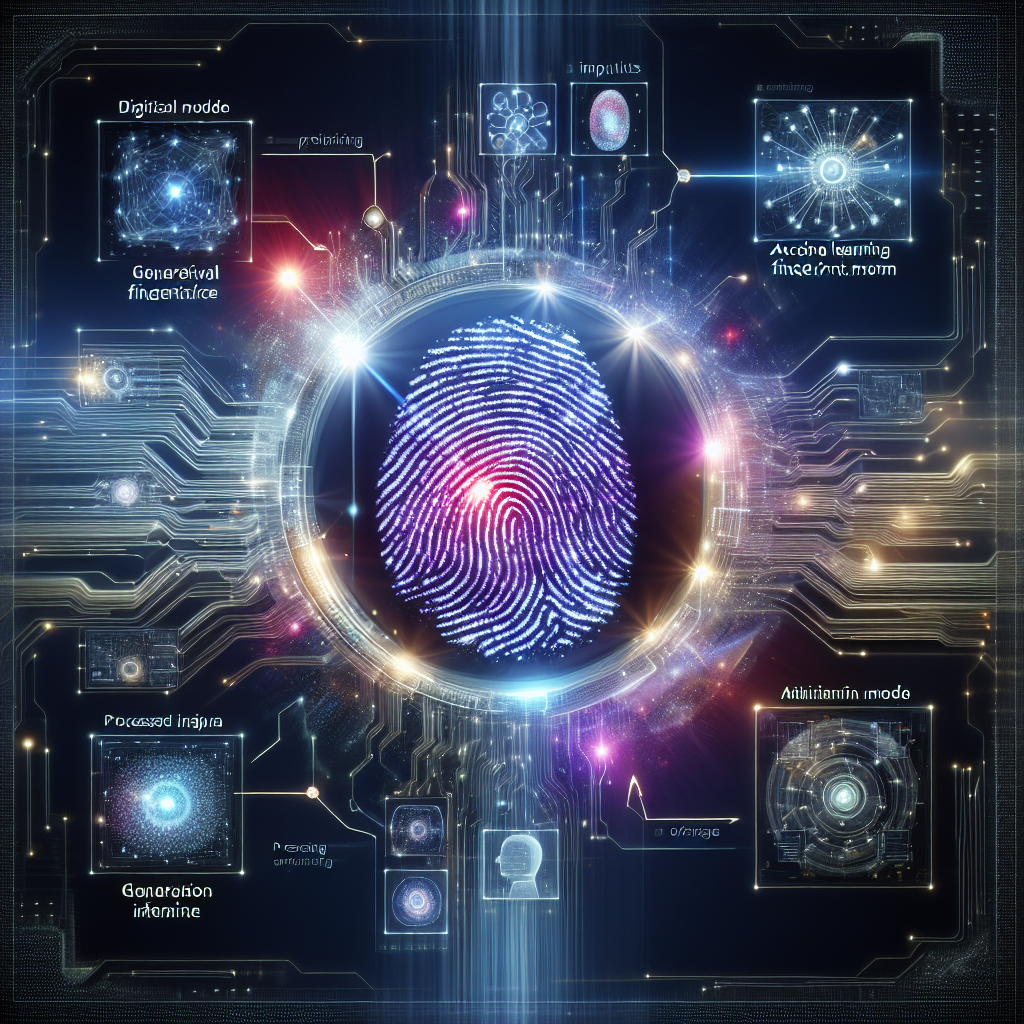Unraveling Mysteries: Crime\’s Alarming Rise
If anyone watches True Crime, ID TV, or 20/20, they will certainly be shocked to find out that the unsolved crime and murder rate is increasing. I don’t know if it’s a shortage of detectives or funding, or if these criminals are just getting better at their crimes, but in reality, with more camera technology, tracking devices, and DNA testing, and faster data searches than ever, we really have to question what is happening and why these criminals are not coming to justice sooner, especially with the rise of Generative AI.
The US is the leading country in using and developing Generative AI in business and has the most startups in the world for Generative AI, giving them access to the needed tools to help solve these crimes. How will this play out in the future since AI will be changing and affecting every sector of business, including forensics?
Forensic investigations play a crucial role in solving crimes and ensuring justice. With the advent of Generative AI, the field of forensics is poised to undergo a transformative shift. This cutting-edge technology has the potential to revolutionize the way investigations are conducted, providing investigators with powerful tools to unravel complex cases. In this post, we will explore the key statistics highlighting the benefits of Generative AI in forensics.

Enhanced Facial Recognition
- AI algorithms can analyze facial features and generate high-resolution images of suspects based on limited or low-quality evidence.
- Studies have shown that Generative AI can achieve up to 99% accuracy in matching generated images with real suspects, aiding in identifying criminals.
Crime Scene Reconstruction
- By analyzing available data, such as witness statements, photographs, and physical evidence, Generative AI can reconstruct crime scenes in 3D.
- This technology enables investigators to visualize the sequence of events, identify potential witnesses, and uncover hidden details crucial to solving the case.
Forgery Detection
- AI algorithms can detect and analyze patterns in handwriting, signatures, and documents to identify potential forgeries.
- Research indicates that Generative AI can achieve an accuracy rate of over 95% in detecting forged documents, providing valuable evidence in legal proceedings.

Voice Analysis
- Generative AI can analyze voice patterns and generate synthetic speech based on limited audio samples.
- This technology enables forensic experts to identify suspects by comparing generated speech with recorded evidence, potentially leading to breakthroughs in voice-based investigations.
Behavioral Profiling
- By analyzing vast amounts of data, including criminal records, social media activity, and psychological profiles, Generative AI can assist in creating accurate behavioral profiles of suspects.
- This technology can help investigators narrow down their search, prioritize leads, and predict potential criminal behavior, aiding in proactive crime prevention.
Generative AI holds immense promise in revolutionizing the field of forensics. As this technology continues to evolve, we can expect it to play an increasingly vital role in solving complex cases and ensuring justice prevails. Hopefully, many families with closed or cold cases can get the closure they need with this new technology as it transforms the hello needed in the forensic field.

